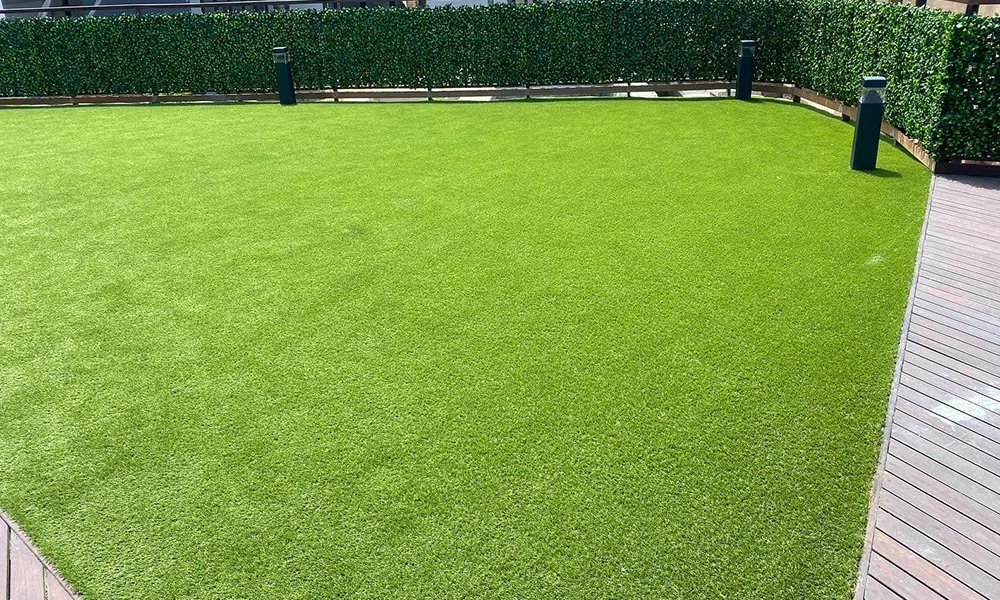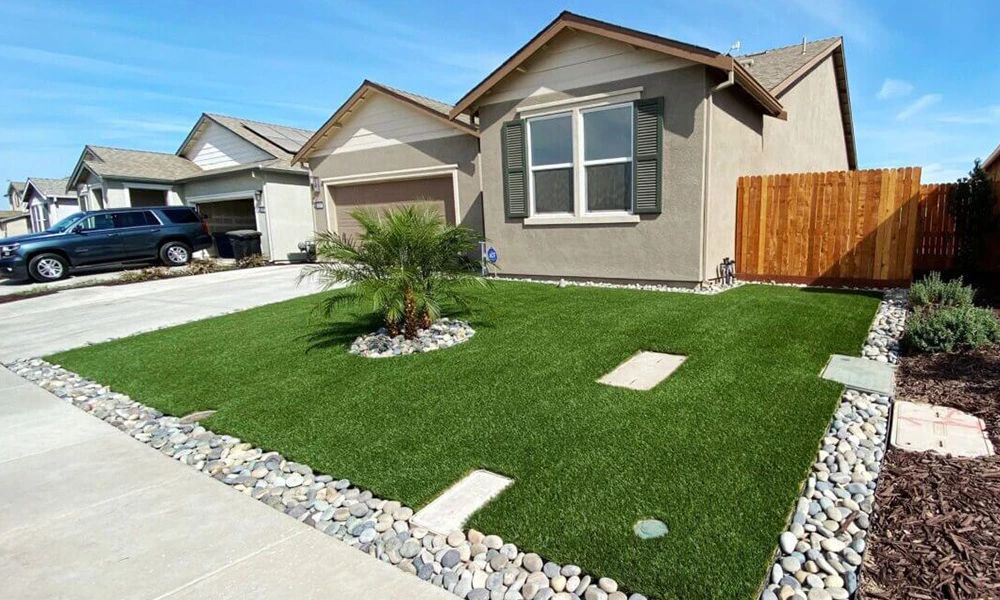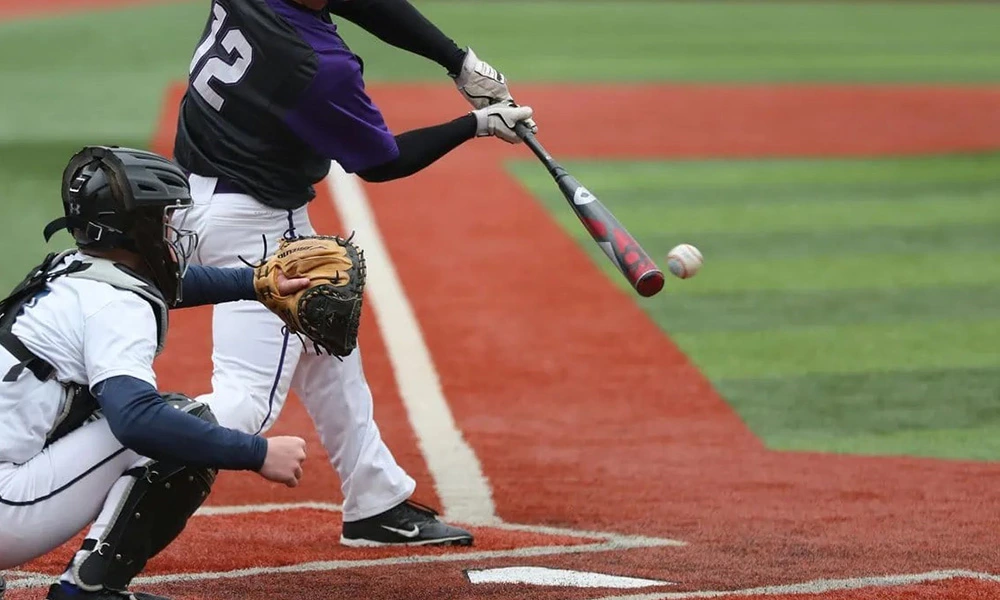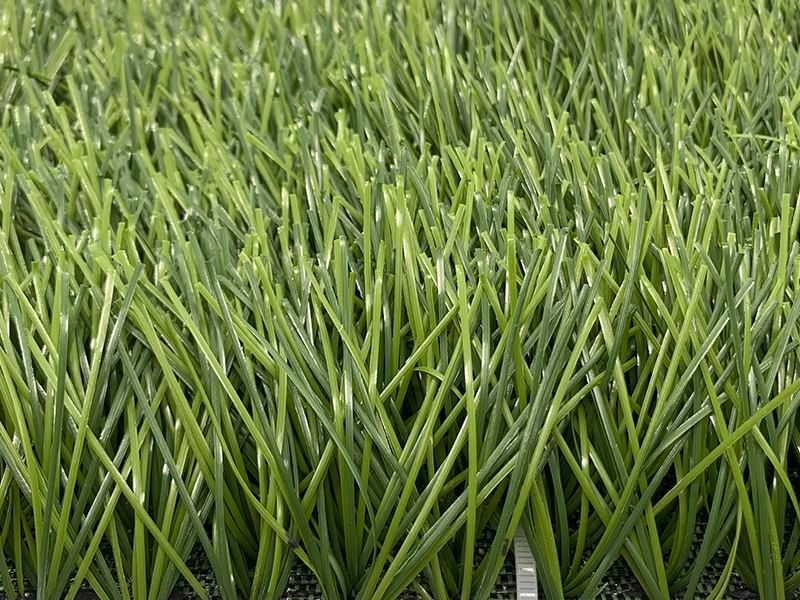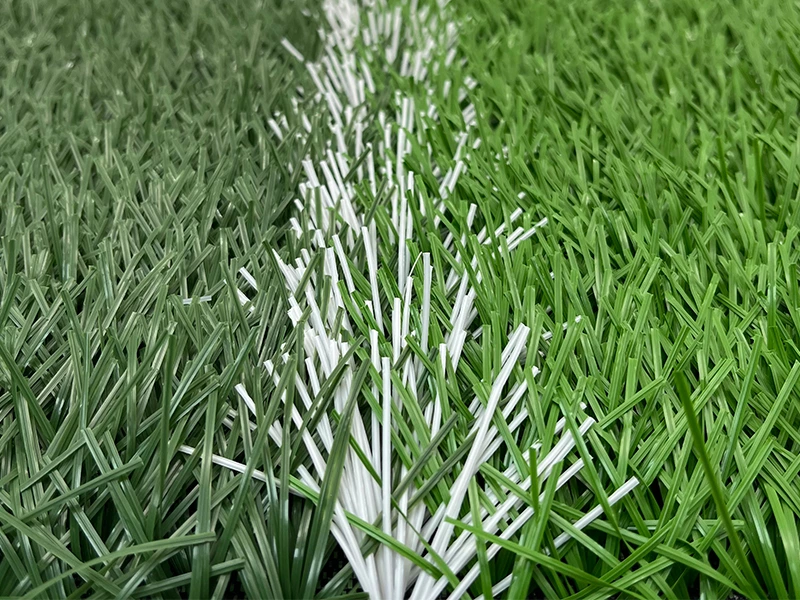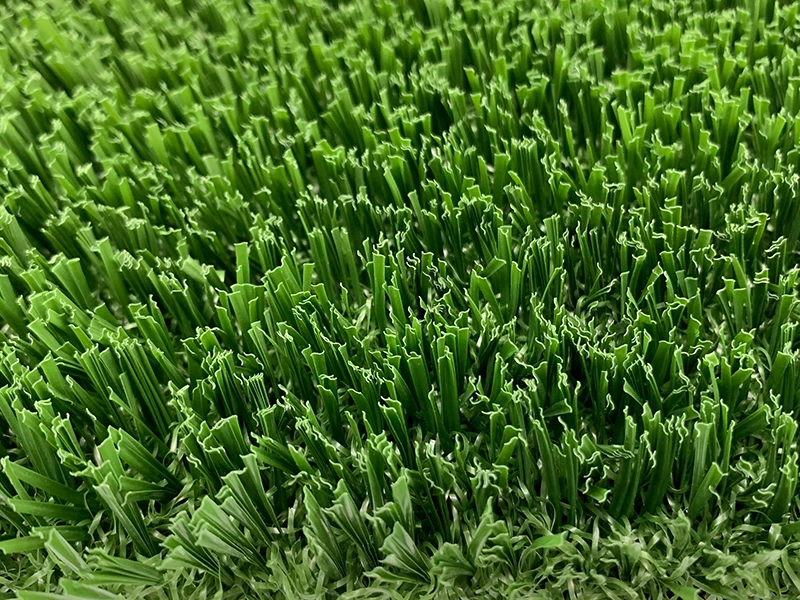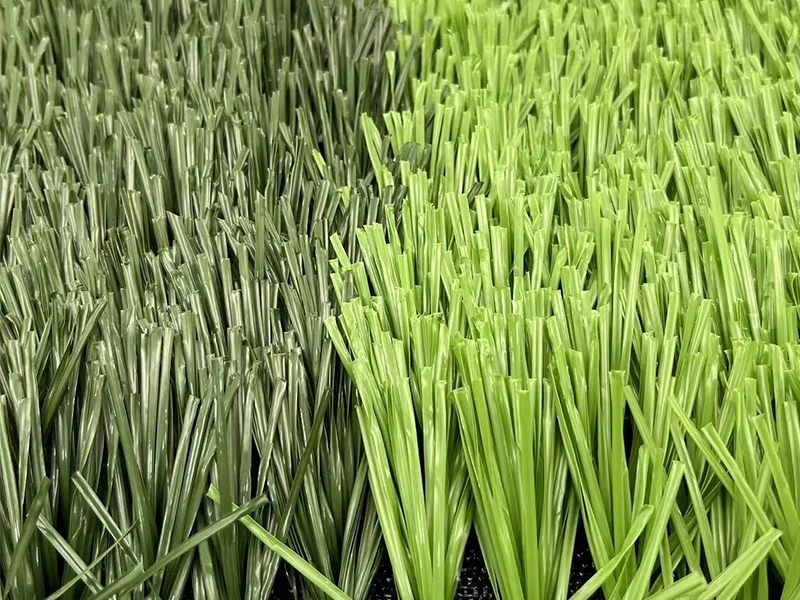Artificial Turf: Price and Market Analysis by Application
The price of artificial turf isn't fixed and varies significantly depending on the specific application. Different scenarios require different turf properties, materials, and craftsmanship, which directly impacts the cost and pricing of artificial turf.
Landscape Artificial Turf Price
Basic UNIGRASS landscape artificial turf is primarily used in landscapes like courtyards and rooftop gardens. Because it's adaptable to various environments, easy to maintain, and has short grass fibers that don't withstand strenuous activity, its production cost is relatively low, resulting in a relatively affordable price range of around $4-15 per square meter.
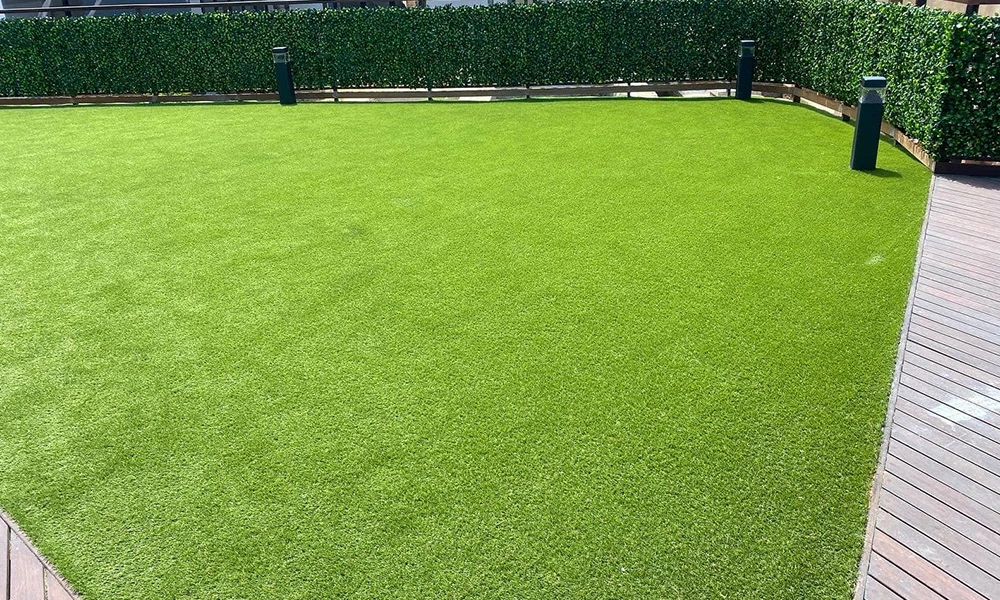
Sports Field Artificial Turf Price
UNIGRASS provides professional turf for sports fields like football and rugby, offering exceptional wear and pressure resistance. Made from high-quality polyethylene or polypropylene, this turf features higher strand height and density to ensure athlete comfort and safety. Prices typically range from $5-15 per square meter, while higher-end custom turf, with higher material and craftsmanship requirements, can cost up to $20 per square meter.
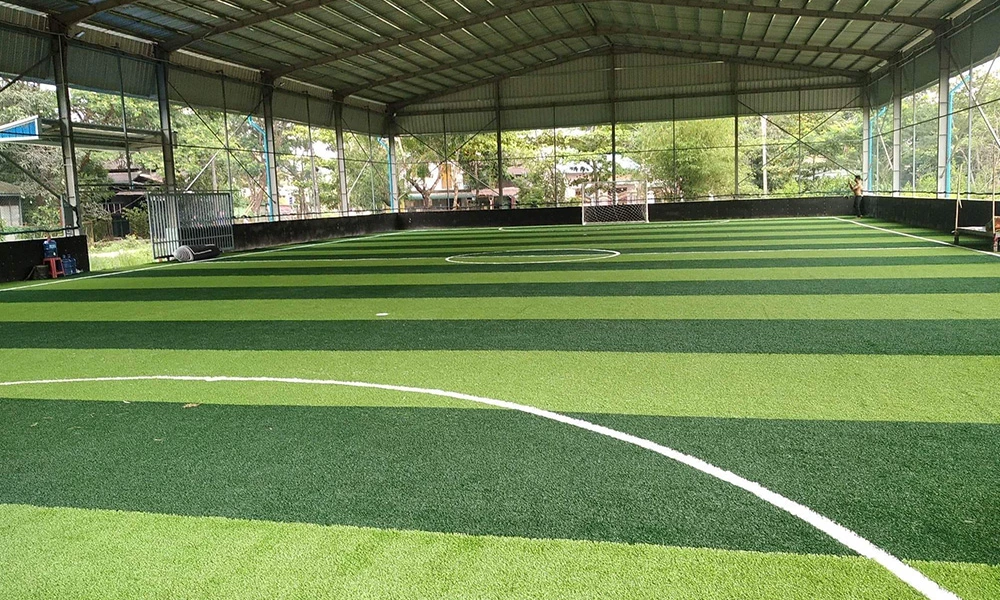
Custom Artificial Turf Pricing
UNIGRASS artificial turf, used for high-end landscaping projects or specialized applications like custom designs, is relatively expensive. This type of turf requires complex design and production, and may utilize more durable materials and technology, costing around $30 per square meter.
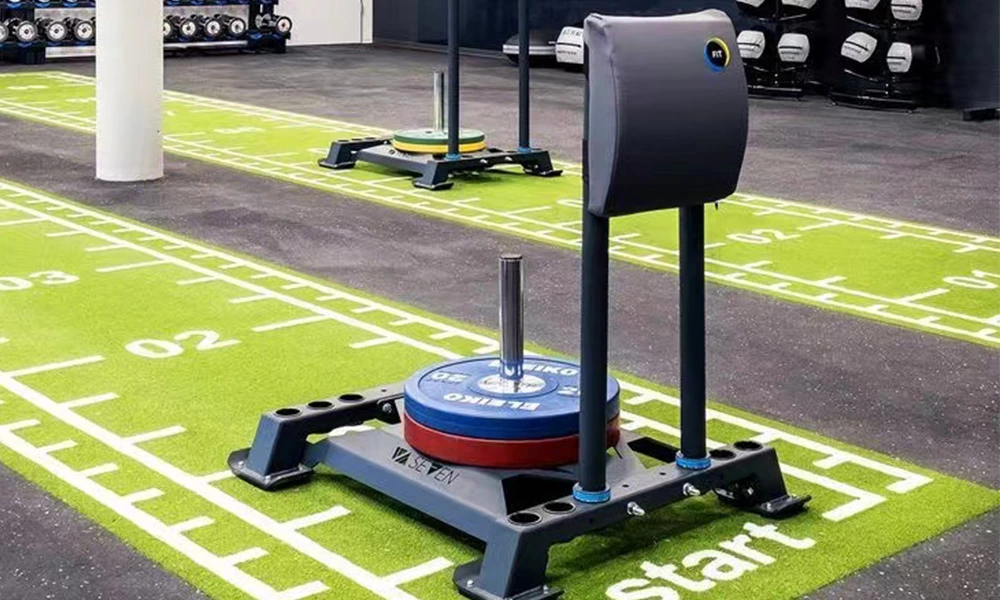
Artificial Turf Market Analysis
Diversified Market Demand
With the improvement of people's quality of life and the advancement of various project construction, the market demand for artificial turf is showing a diversified trend. In the landscape sector, demand for basic landscape artificial turf in courtyards, rooftop gardens, and other areas remains stable, as people seek to create beautiful and easy-to-maintain leisure spaces with artificial turf. In sports venues, demand for professional artificial turf for football and rugby fields continues to grow, driven by the development of sports and the growing awareness of national fitness. At the same time, demand for customized artificial turf is also increasing in high-end landscape projects and custom design scenarios, as customers seek personalized and high-quality turf effects.
Price Factors Driving Market Segmentation
The price of UNIGRASS artificial turf is primarily influenced by turf material, grass height, application scenario, and customization requirements. Different price ranges correspond to different product positioning and market demands, leading to market segmentation. Economical basic landscape turf and some sports field turf meet the needs of price-sensitive customers; high-end customized sports field turf and custom artificial turf target high-end customers with high demands for quality and personalization. Market segmentation helps companies more precisely meet the needs of different customers.
Company's Competitive Advantages Highlighted
As a leading global artificial turf manufacturer, UNIGRASS offers a wide range of artificial turf products, from budget-friendly to high-end customization, meeting the needs of various projects. UNIGRASS boasts strong competitiveness in material selection, production processes, and product quality. Its ability to tailor product development and production to specific application scenarios and customer needs has given it a competitive edge in the market and attracted numerous customers.
Positive Market Trends
With continuous technological advancements, the materials and performance of artificial turf will continue to improve, further enhancing its durability, comfort, and environmental friendliness. This will drive its application in even more areas. Furthermore, market demand for personalized and customized products will continue to grow, and the customized artificial turf market is expected to see even greater growth. Furthermore, the global emphasis on environmental protection and sustainable development will drive artificial turf companies to prioritize the use of environmentally friendly materials and energy conservation and emission reduction during production, driving the industry towards green development.
How to choose the right artificial turf for your needs?
Choosing the right artificial turf for your needs requires a comprehensive consideration of key factors, including specific application, scenario, and budget. The following analysis will provide a detailed analysis of key dimensions to help you precisely match your needs.
After clarifying the application, further screening should be based on the following factors:
Material
Polyethylene (PE): Soft to the touch and highly realistic, suitable for landscape applications and low-to-medium intensity sports.
Polypropylene (PP): Highly abrasion-resistant and relatively low-cost, but with a high hardness, it is often used as infill or base layers for sports fields.
Nylon (PA): Excellent performance, with optimal abrasion resistance and elasticity, but with a higher price tag, suitable for high-end sports fields or high-frequency use.
Grass Height and Density
Grass height and density directly impact the appearance and performance of a turf. Landscape turf has a shorter grass height (usually 3-10mm) and a moderate density for aesthetic appeal. Sports turf has a taller grass height (typically 15-50mm) and a higher density to provide adequate cushioning and support, protecting athletes' knees and ankles.
Budget Range
Match your budget to the product level: For budget-conscious users, choose basic landscape turf or standard sports turf (US$4-15 per square meter). For sports or high-end landscape projects with high quality and performance requirements, consider high-end custom turf (US$20-30 per square meter).
Based on specific application details:
Frequency of Use
For high-frequency use scenarios (such as professional sports fields and commercial leisure areas), choose high-end products with strong wear resistance and long lifespan. For low-frequency use scenarios (such as occasional use in private gardens), choose economical products.
Environmental Conditions
Light: If the venue is exposed to strong sunlight for a long time, choose a turf that is UV-resistant to prevent fading and material degradation.
Humidity: For humid environments (such as rooftop gardens and rainy areas), pay attention to the turf's drainage performance and choose a product with well-designed bottom drainage holes.
Maintenance Costs
While the overall maintenance cost of artificial turf is lower than that of natural turf, maintenance requirements vary depending on the product. Basic landscape lawns are easy to maintain and only require regular cleaning; sports field lawns may need to be regularly filled with quartz sand and rubber particles to maintain performance, and the labor and material costs of subsequent maintenance need to be considered.
